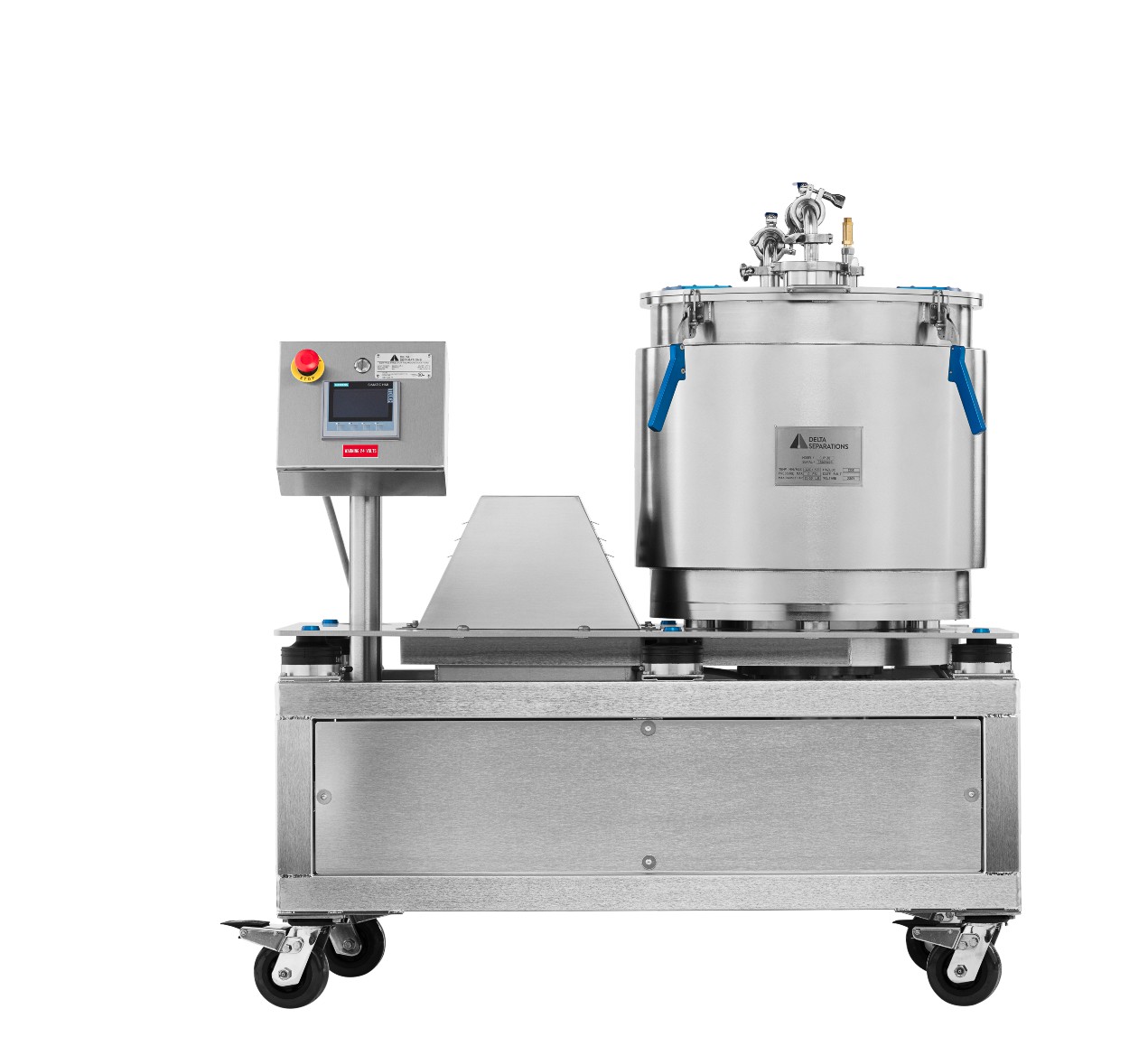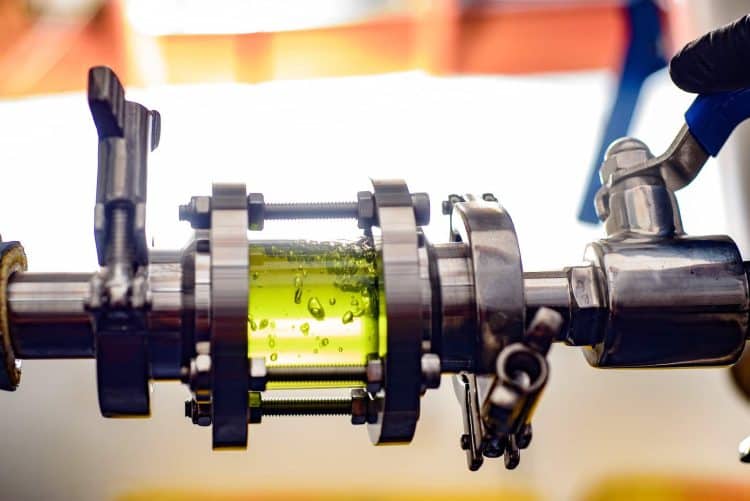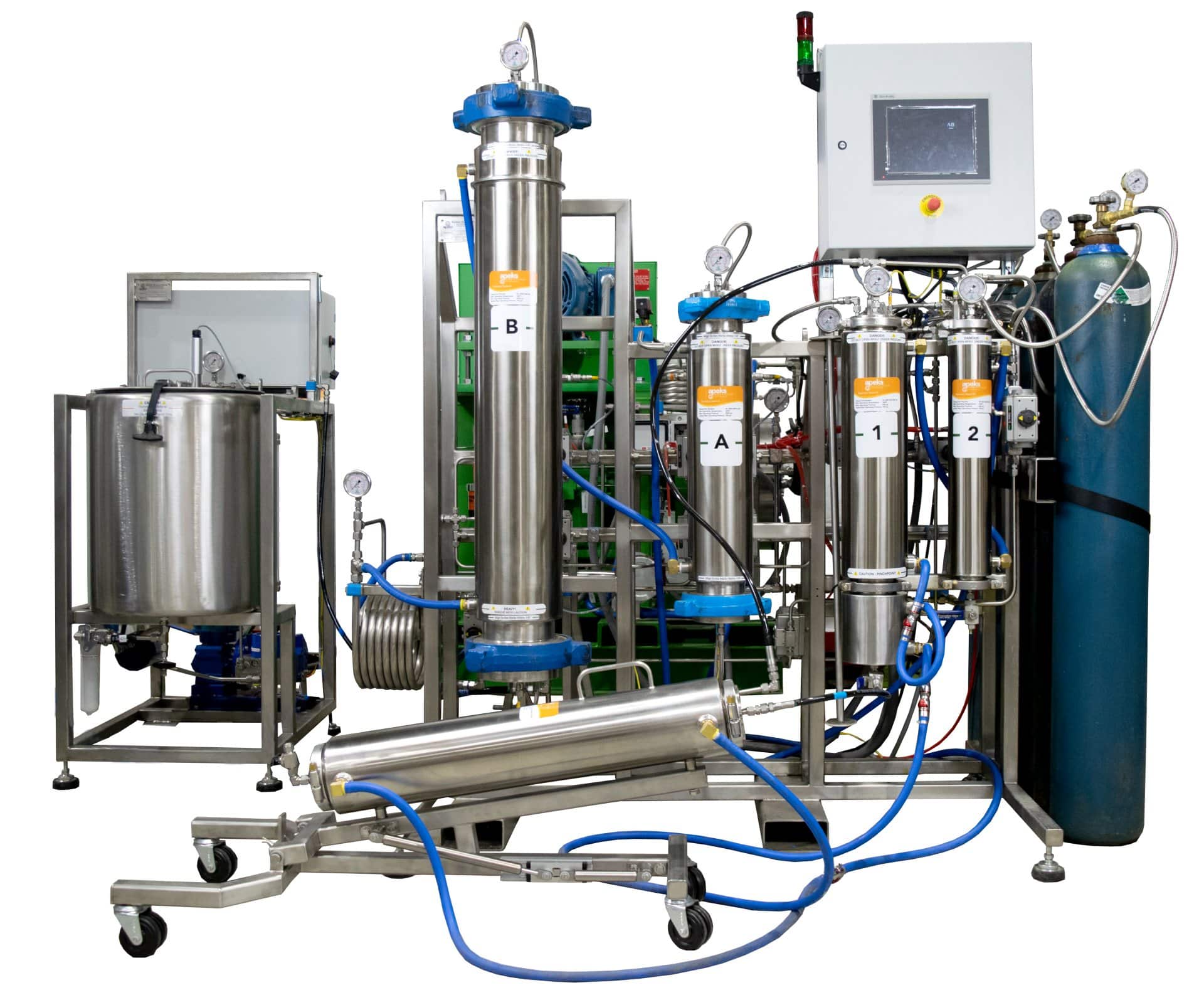As the cannabis industry continues to rapidly expand — from an estimated $21.5 billion in 2020 to $31.7 billion in 2022 [1] — novice and experienced operators alike are rushing to meet the demand. While flower has accounted for most retail sales, infused products such as concentrates, edibles, and topicals are the fastest- growing category due to increasing popularity among recreational consumers and medical patients. [2]
Succeeding in this booming cannabinoids marketplace cannot be achieved, however, without thoroughly understanding the answer to these two questions:
- “What type of extraction equipment do I need?”
- “How much does it cost?”
My answer is always the same: “It depends.”
What’s Right for Your Business?
There’s not one right answer because each cannabis extraction business has unique operating conditions and requirements. So, regardless of the size of your planned or existing processing operation, or the experience and skill level of your team, I encourage business owners, operations managers, and investors to consider calculating the total cost of ownership (TCO). It’s the key step when evaluating which extraction equipment will enable you to achieve your business objectives.
How quickly you can realize a return on your investment and achieve other goals with the extraction equipment will be heavily influenced by these cost factors, so let’s take a look at each. Before we can do that, however, you must identify the cannabis products you intend to manufacture and how you’ll make them. The range of products includes:
- Dabbing — potent oil or wax with high concentrations of tetrahydrocannabinol (THC) that can be smoked or vaped;
- Distillates — pure THC and cannabidiol (CBD) that can be used to make a wide variety of oils, edibles, tinctures, pills, capsules, and suppositories;
- Edible oils — enable cannabinoids used in baked goods, gummies, chocolate bars, and other edible products to be more readily absorbed and digested;
- Infused products — range from food and beverages to makeup and skin care products;
- Live resin — a frozen concentrate (saps, sugars, jellies, butters, or solids) that captures the flavors and aromas of the cannabis plant;
- Terpenes — aromatic oils that give cannabis varieties their distinctive flavors and also may add unique medicinal properties;
- Vape pens — cannabis-infused liquid or oil that’s heated to become a vapor the user inhales.
Be sure to consider how well-suited each extraction method is for the cannabinoid product you intend to produce. For example, carbon dioxide (CO2) is OK for distillates because it takes more time to achieve the end product compared to ethanol or butane/propane. For edibles, butane/propane is a bad choice because of the potential for residual solvents. Likewise, ethanol is bad for terpenes because it can degrade the terpene (flavor and aroma) profile.
Advantages and disadvantages for each extraction method are included below.
Understanding Costs for Each Extraction Method
Companies have multiple choices available to them for extracting and purifying desired biomolecules from cannabinoids and terpenes. This can be accomplished mechanically or through solvent-based extraction with CO2, ethanol, or hydrocarbons like butane or propane. Each method has advantages and disadvantages:
Mechanical processing
- Pro: Dry sieve, ice water hash, or bubble bag methods are low-tech and relatively inexpensive.
- Con: More labor is required; mechanical processes produce lower yields.
- FYI: Mechanical processing, even with more labor, can be less costly than the following advanced extraction methods.
Solvent-based processing
- CO2
- Pro: Pure extraction, no residual solvent, selectivity/tunability, easily automated, scalability;
- Con: Can have slower extraction times and cost of equipment due to high operating pressures; yields per hour can be slower than ethanol or butane/propane processes.
- FYI: Subcritical systems operate at low pressures and temperatures for slower extraction (good for terpenes); supercritical systems operate at high pressures and temperatures for faster extraction of more product (good for cannabinoids).
- Ethanol
- Pro: Lower equipment costs compared to other solvent methods; faster yields; fastest extractions times; easy to scale.
- Con: C1D2 facilities are required due to the flammability of ethanol; scaling extraction can be limited by local regulations that determine how much ethanol can be stored inside and/or outside a facility; significant post-processing energy can be required to recover ethanol.
- FYI: Ethanol is taxed at rates that vary based on purity and by jurisdiction; in addition, some equipment and processes lose a higher percentage of ethanol that’s absorbed into the plant material (Be sure to talk with your equipment supplier about this).
- Butane/propane
- Pro: Lower equipment costs compared to the other solvent methods due to low operating pressures; faster yields; medium extraction times.
- Con: Higher facility and automation costs to meet local safety requirements due to explosion risks; batch sizes limit scalability.
- FYI: The explosion risk requires sealed extraction rooms with fire suppression, gas detection, and exhaust systems.
Each of these processes can perform extractions for a variety of cannabinoid products, so operators can select equipment based on how the costs for each fit into their business plans.
Five Additional Costs to Calculate
To accurately estimate TCO, it’s important to know not just the upfront purchase price of extraction equipment, but also how your choice of equipment can impact operations and ongoing costs related to energy usage, labor, production targets, product quality, and safety. Here are five more areas to consider:
- Performance
- Can the extraction equipment enable you to reduce energy consumption, consumables, and labor while also yielding the quality of cannabinoid products within specification requirements?
- Cycle times
- Will the extraction equipment produce the volume of products to match your timelines and business goals?
- Ease of use
- Does the extraction equipment increase efficiency and reduce training time by:
- Operating manually or semi-automatically to match the needs of smaller, craft operators, or provide fully automated control of temperatures and pressures for large, multi-state companies?
- Simplify training so new employees can quickly learn to operate the equipment and allow technicians to easily perform maintenance or repair procedures?
- Reliability
- Will you maximize productivity, quality, and safety because:
- The extraction equipment produces consistent quality from batch to batch?
- The equipment is designed to operate safely when processing with flammable or explosive solvents?
- Your team is well-trained and can leverage the equipment supplier’s expertise to support your business for years to come?
- Service
- Will you minimize unplanned downtime and better manage maintenance and repair costs because the equipment supplier responds 24/7 to your needs for spare parts, access to equipment specialists, and on-site service calls?
- Will you maximize productivity, quality, and safety because:
- Does the extraction equipment increase efficiency and reduce training time by:
Count on an Expert Partner to Guide Your Decision-Making
A smart, first step as you begin to consider the technologies and TCO of cannabis extraction equipment is to talk with a knowledgeable original equipment manufacturer (OEM).
Look for an OEM with a large installed base who excels at service and shares deep expertise that only comes from years of operational excellence and strong financial performance in the cannabis cultivation and extraction industry. As your partner, a leading OEM can work alongside your team to help you prepare to make extraction equipment purchase decisions and stand with you long after the sale. As a result, you can be confident that your investment in extraction equipment can enable you to achieve your company’s goals for productivity, efficiency, quality, and profitability.

CO2 extraction equipment from Apeks Supercritical, now part of Prospiant.
References
[1] Arcview and BDS Analytics. Cannabis Intelligence Briefing
[2] Marijuana Business Daily Factbook: Exclusive Financial Data for Cannabusinesses & Major lnvestors. 2017














